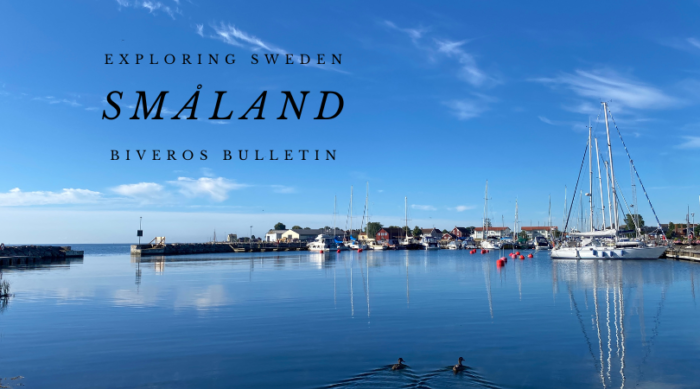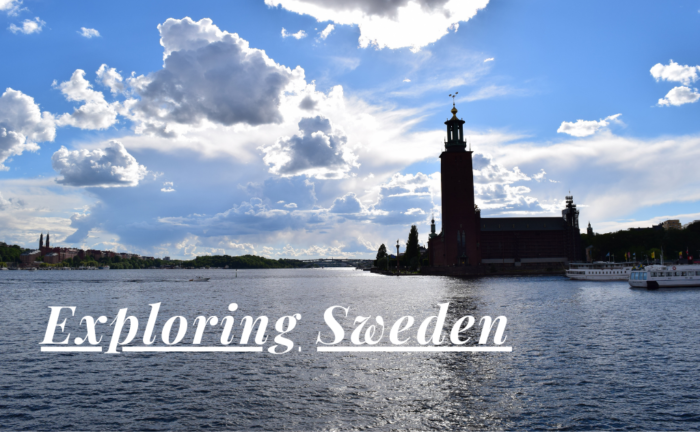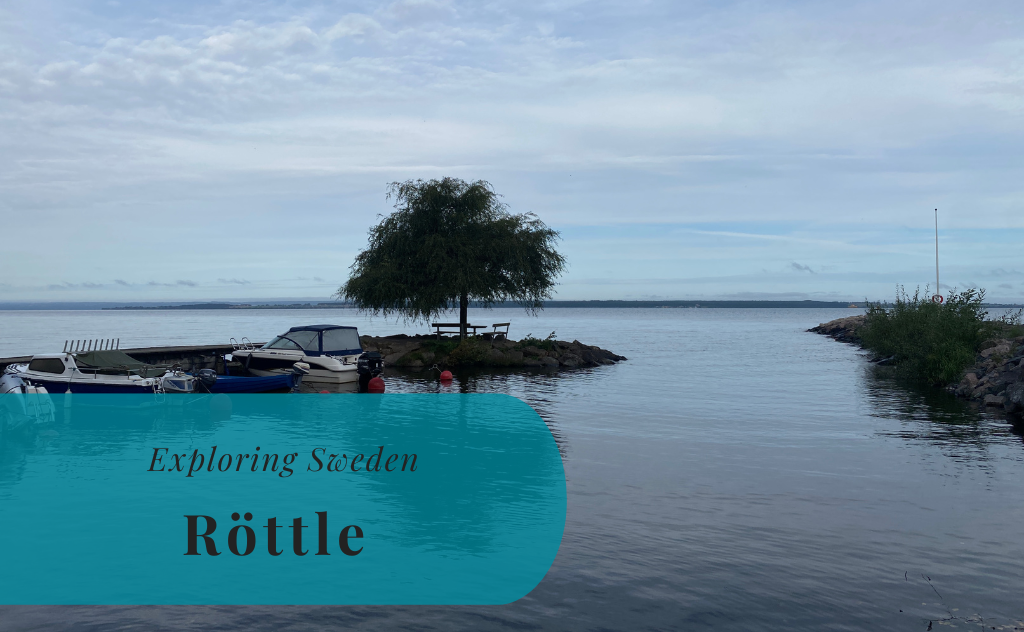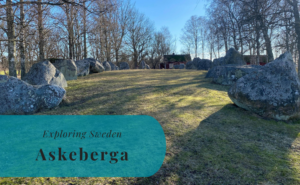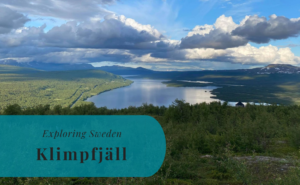Röttle is a small settlement just south of Gränna in Jönköpings Municipality. It lies at the shores of Lake Vättern, the second largest lake in Sweden, and has a population of around 60 inhabitants. It is, however, probably most famous for its waterfall and the many historical water-powered mills that can be found here. With its many buildings from the 18th and 19th centuries, its beautiful setting with its waterfall, and the scenic view of Lake Vättern, this is probably one of the most picturesque places in Sweden.
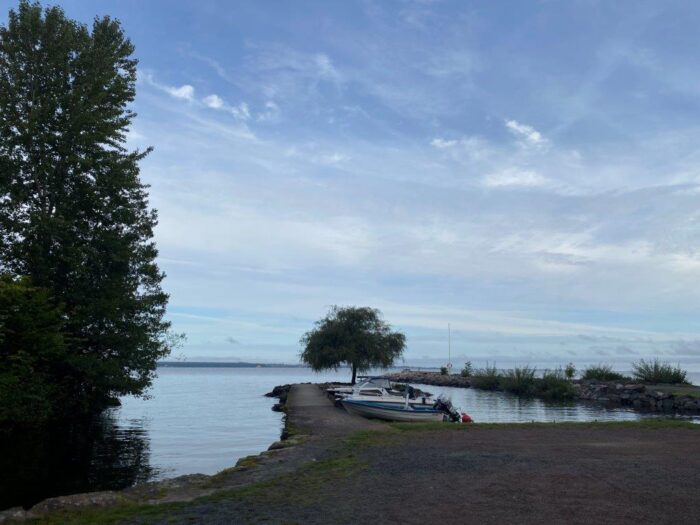



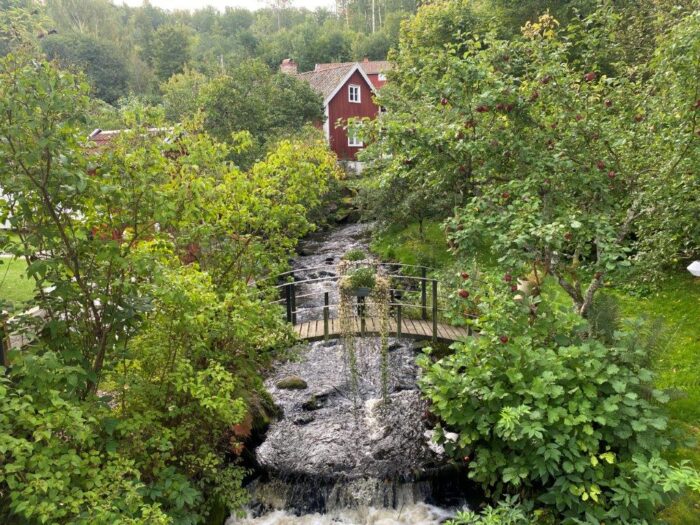

A Short History of Röttle
Röttle is the village that has developed in the vicinity of the river Röttleån and its impressive falls. The power of water was used already in the Middle Ages, then to power several grinding mills for the production of flour. The hay days for Röttle were during the 17th century. The village had at the time an impressive industrial development with production at several different mills along the river. Production at the time did not only include flour but also weapons such as muskets. A paper mill was in operation here up until 1879, but many of the mills had by then turned back to the production of flour or closed down. Steamboats eventually started to traffic the small harbor of Röttle. These were in operation until the 1930s.
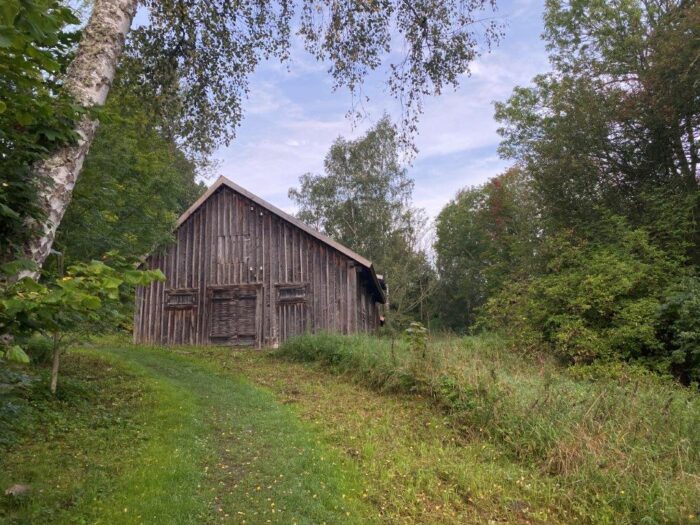


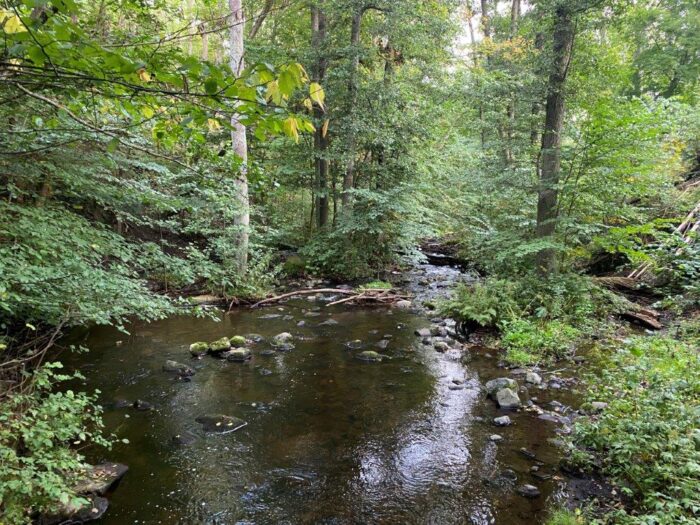

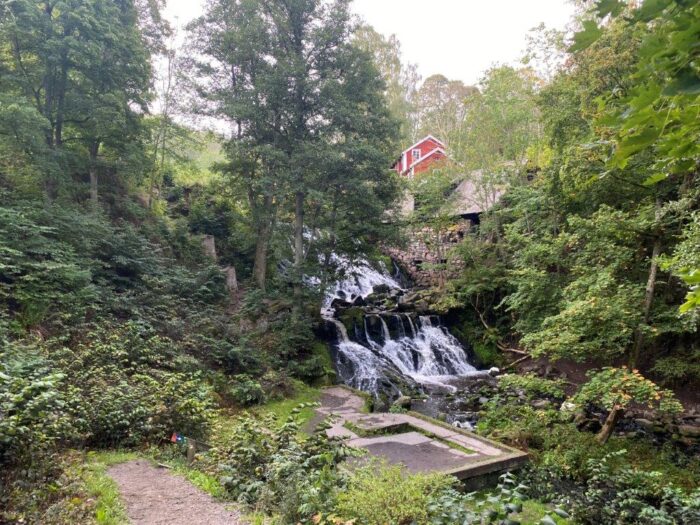
Things to Do and See
Röttle has some picturesque scenery to enjoy. The waterfall and Lake Vättern are just one part of the puzzle, the others are the surrounding nature, the old mills, and the residential buildings from the 18th and 19th centuries.
Röttle Hamn
The harbor was once where the steamboats docked when visiting Röttle. It is today mainly a small marina and the old quay is today a possible entry point to Lake Vättern for anyone looking for a swim. Well, there is actually a beach right next to it as well making it a bit more kid-friendly.
Röttle Vattenfall
The river Röttleån eventually enters Lake Vättern. But before reaching the lake it enters into a beautiful waterfall. The fall has a height of around 12 meters, but this is just one of many drops in the river’s altitude. There are many rapids and smaller falls prior to the big one. In the gorge that the falls have created, there are still the foundations of a few of the former mills. The mill known as Jerusalems Kvarn still stands at the fall itself.
Jerusalems Kvarn
Jerusalems Kvarn, or the Jerusalem Mill in English, is believed to have parts dating back to the Middle Ages. It is located right at the main waterfall and is an important part of the picturesque scenery.
Rasmus Kvarn
Rasmus Kvarn, or Rasmus Mill in English, is located a bit upstream from the waterfall and dates back to the 1650s. This is where muskets were produced in the 17th century. It has since the 18th century been a grinding mill for flour.
Västanå Nature Reserve
Västanå Nature Reserve is a narrow area of land that goes from Röttle and south along the coast of Lake Vättern. The reserve was established in 2015, but had in some ways existed since 1982. It covers an area of 161 hectares. Three hiking paths go through the reserve. There is the longer Franciskusleden and the two shorter ones Västanåleden and Röttlestigen.
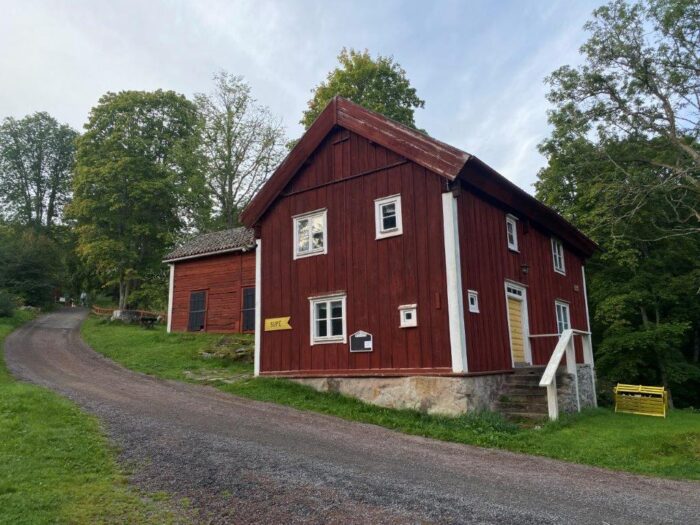



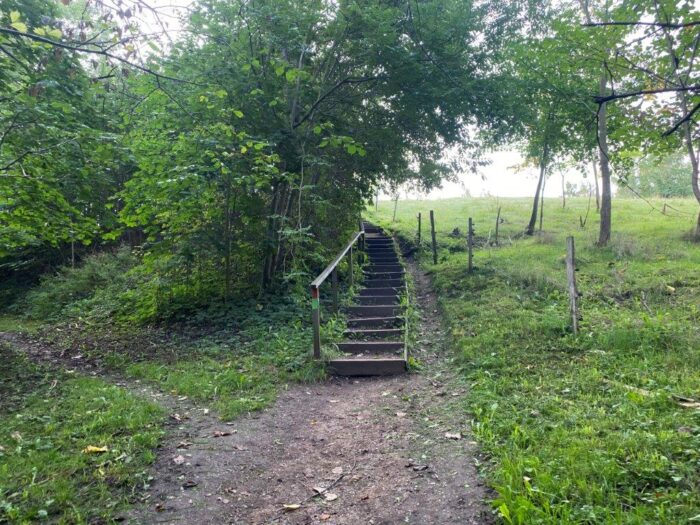
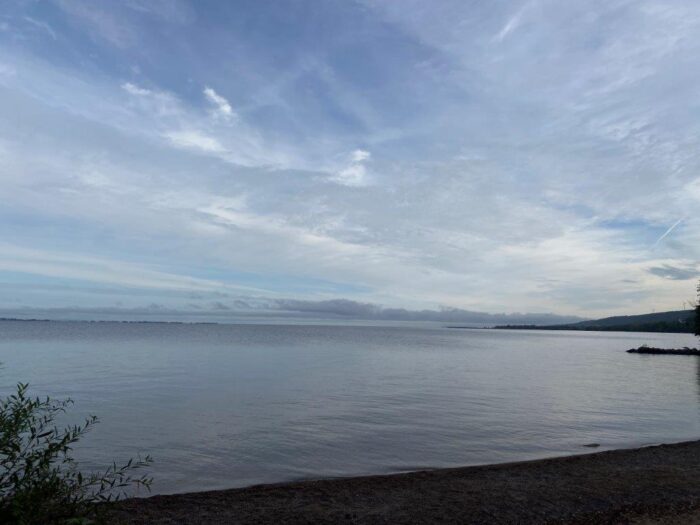

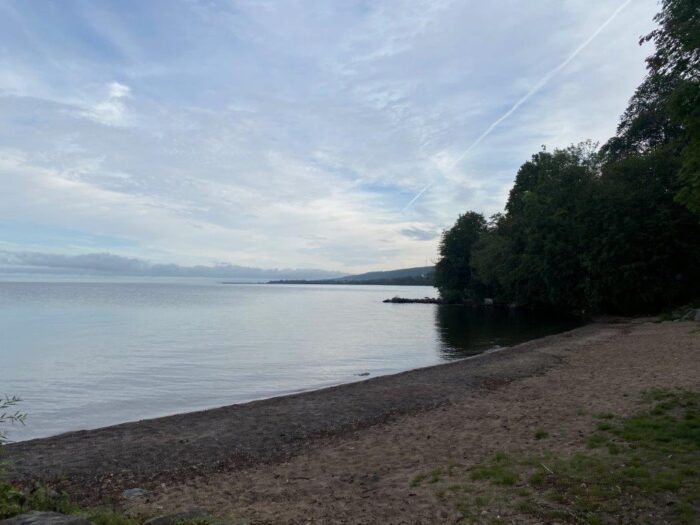
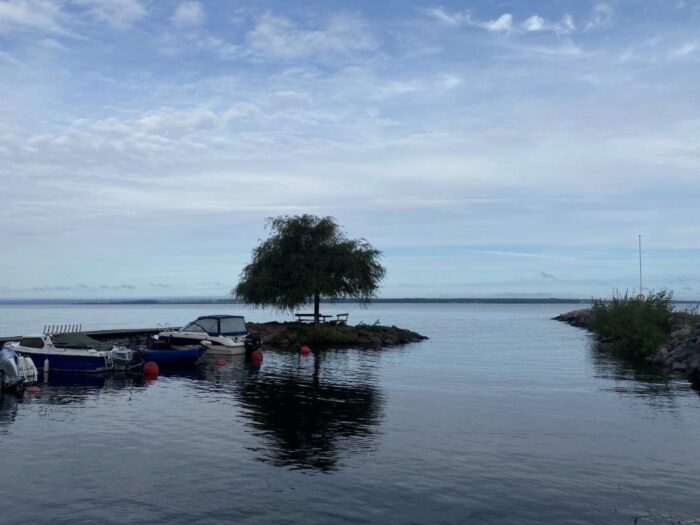
How to Get to Röttle
- Flights: The nearest airport is Jönköping Airport (JKG) to the south.
- Car: Röttle is located along Road E4, just to the south of Gränna.
- Bus: Buses from JLT connect Röttle with the surrounding area with bus stops nearby at Gyllene Uttern.
The driving distance from 5 major Swedish cities, according to Google Maps:
- Stockholm – 290 kilometers (2 h 50 min)
- Gothenburg – 181 kilometers (1 h 50 min)
- Malmö – 325 kilometers (3 h 10 min)
- Linköping – 95 kilometers (1 h)
- Kiruna – 1520 kilometers (15 h 40 min)
Explore More of Småland and Sweden
